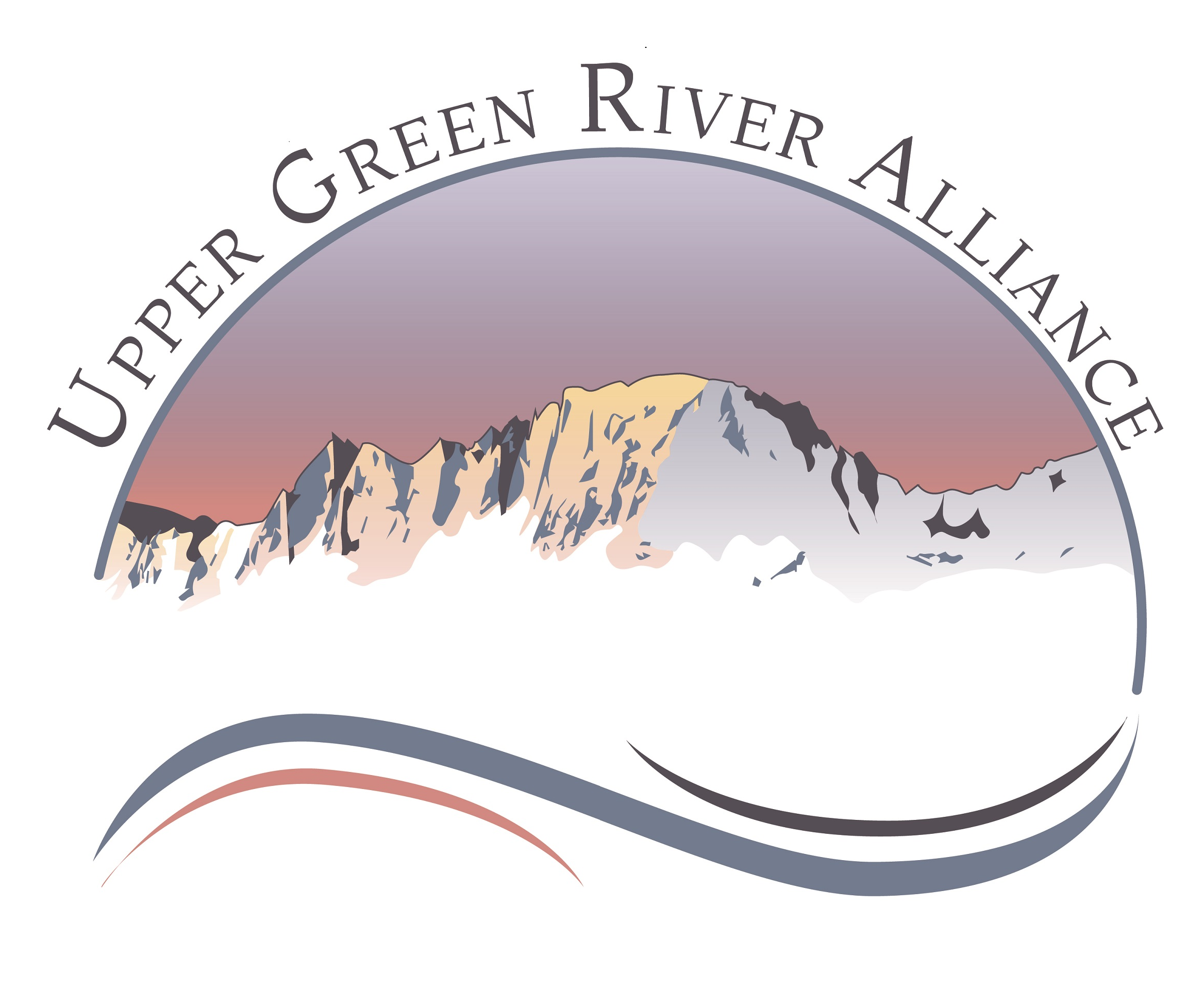But over the past 20 years, rapid fossil gas development has altered those views dramatically. Human and environmental health is compromised in thousands of ways from air pollution caused by fossil gas development.
Air Quality Sampling
Sampling was conducted in the Upper Green River Valley to determine levels and sources of ozone (O3), oxides of nitrogen (NOx), volatile organic compounds (VOCs), and benzene, toluene, ethylbenzene and xylene (BTEX).
High Ozone Levels
High ozone levels in and adjacent to the Pinedale Anticline and Jonah gas fields exceeded human health standards over a period of years, culminating in an ozone “nonattainment” designation by the Environmental Protection Agency (EPA). Ozone levels fluctuated with fossil gas prices and production, and the non-attainment designation was upgraded.
But in 2017 an air monitoring station south of Pinedale registered a dozen ozone exceedance days when simply breathing was hazardous to our health.
The EPA’s National Ambient Air Quality Standards (NAAQS) for ground-level ozone is 70 parts per billion (ppb).
Too Much Nitrogen
In the Wind River Range, which is graced with 1,500 lakes and 63 glaciers, scientists have detected up to seven times the natural background level of nitrogen. These sensitive waterbodies sit in solid granite with little to no buffering capacity.
Too much atmospheric nitrogen, generated locally from engine exhaust, stimulates plant and algae growth, resulting in oxygen depletion. This eutrophication threatens native fish populations, lichens, and plants.
High levels of nitrogen oxides were monitored at hotspots with a lot of truck traffic in the Pinedale Anticline gas field.
BTEX and VOCs
Benzene, toluene, ethylbenzene and xylene (BTEX) levels were measured above background levels; all of these are cancer-causing air pollutants.
Pinedale Anticline BTEX “hotspots” include water “flow back” pits with high BTEX emissions, and a wastewater treatment and recycling facility known as Anticline Disposal, which is also a source of high volatile organic compound (VOC) emissions.
More Ammonia
Ammonia, deposited in the mountains as ammonium, is an important contributor to nitrogen deposition. Ammonia can also cause eutrophication, soil acidification, and biotic community changes.
All drilling rigs on the Pinedale Anticline are fitted with Selective Catalytic Reduction (SCR) units. In this process, urea (urine) or ammonia is injected upstream of the filters. Ironically, SCR is intended to mitigate nitrogen levels, but monitoring reveals high levels of ammonium in the snowpack and water samples from the Wind River Range.
The Next 3,500 Fossil Gas Wells
Despite the peril to Wind River Range lakes, streams, fish and plants, and despite human health threats from dangerous ozone levels and air laden with toxic chemicals, the Bureau of Land Management has recently approved 3,500 more gas wells in the Upper Green River Valley, and “eliminated from further analysis” a drilling plan that would have resulted in no net increase in emissions.
The Upper Green River Valley now has about 10,000 fossil gas wells, and oil and gas leasing continues at a breakneck pace.

